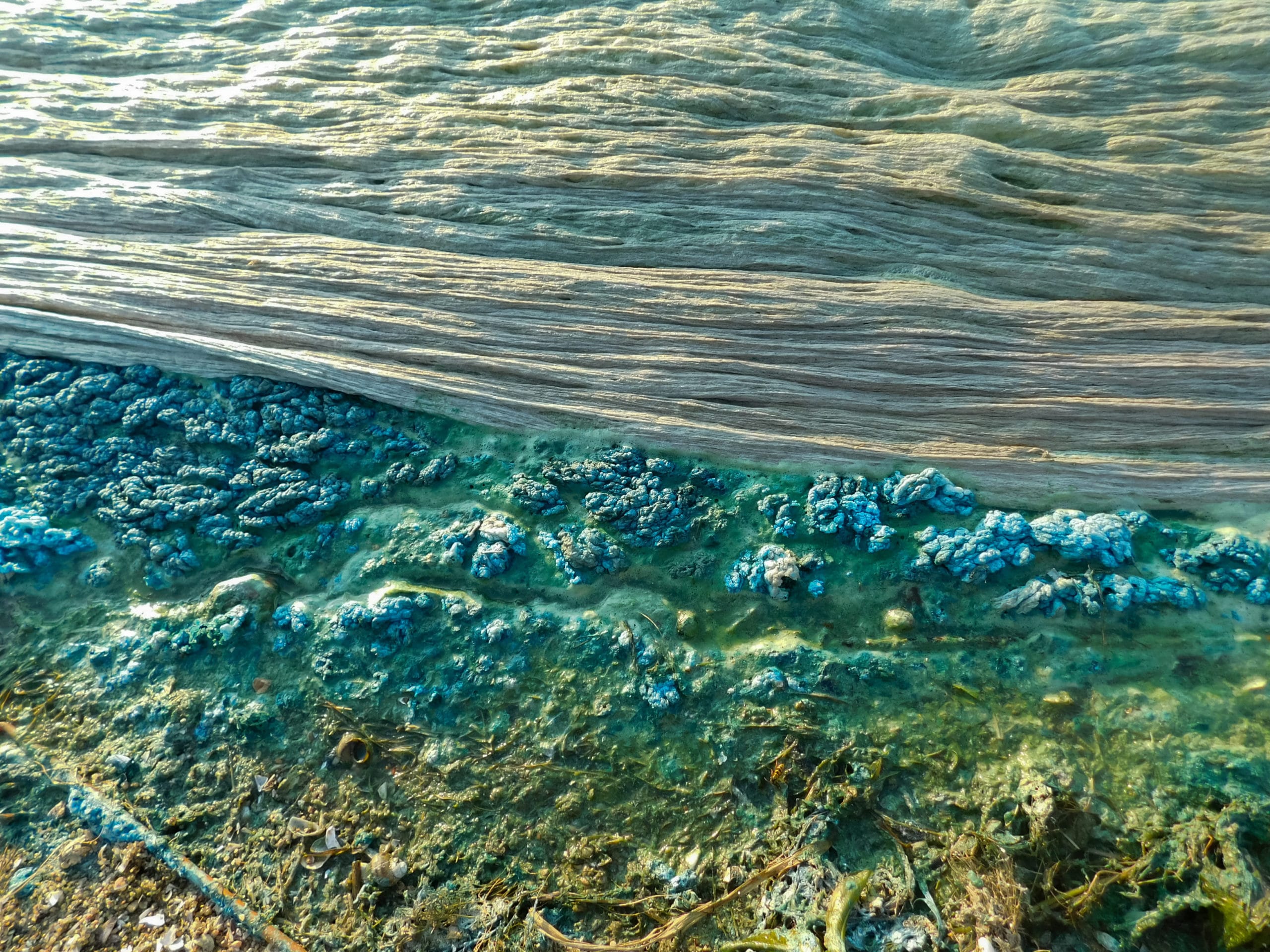- Blog
- Oceans
- Cruise Ships
- What is Gray Water?
What is Gray Water?

Donate Now!
Your contribution will benefit Friends of the Earth.
Stay Informed
Thanks for your interest in Friends of the Earth. You can find information about us and get in touch the following ways:
Gray water (also commonly spelled greywater/grey water) refers to wastewater that is generated from showers, baths, sinks, and washing machines. It is pretty common in our daily lives and we usually do not even realize how much waste we accumulate — as people regularly bathe and wash their hands while going about their day — but cities generally have a handle on the proper ways to dispose of and treat this waste. When they don’t it ends up publicized.
But what happens to gray water in areas that do not have water treatment systems that properly treat this waste water? In this case we’ll take a deeper look at what gray water is on a cruise ship, where it is discharged, and its overall impacts on the environment.
Sources of Gray Water
On a cruise ship there are numerous ways that gray water is created — showers, baths, sinks, laundry facilities, kitchens, and even water used in spas and pools. All the water going down the drain has to go somewhere, and on land there are major treatment systems that take care of the gray water for you. But when travelers are at sea on a cruise ship, the need for water doesn’t go away. And that means that gray water is still being created — and guess where it is headed!
Where can you Discharge Gray Water?
If you guessed that gray water is discharged into the open ocean waters, you’d be correct. Like sewage (black water), in many places in our oceans gray water can be released with very little or no treatment. That means that many cruise ships have no reason not to dump their gray water in open waters, so they take full advantage.
Unfortunately, this means that our delicate ocean ecosystems filled with coral and vibrant fish and marine wildlife end up with murky, toxic water dumped on them with no escape.
Help power change. It takes support from environmental champions like you to build a more healthy and just world. Donate now!
Is Gray Water Dangerous?
Gray water can contain a lot of dangerous elements that impact the ocean ecosystem. Other than the water itself, everything else within gray water is not found within a typical ocean ecosystem. While detergents and soaps have impacts on the environment; pharmaceuticals, chemicals, oil and grease, dental and medical waste, nutrients, petroleum hydrocarbons, and bacteria have even greater impacts. The presence of these chemicals can slowly poison marine wildlife and degrade the ocean habitat that they call home.
And to make matters worse, cruise lines even dispose of their food waste as gray water. They puree any left over food products that aren’t consumed by staff and passengers with water until it becomes liquified. It is disposed in ocean waters along with gray water. The cruise lines of course greenwash this practice by saying it’s “fish food”, but the foods that humans consume are not within a normal diet of marine wildlife. And liquified human food waste is also filled with growth hormones, pesticides, and other chemicals that aren’t natural in the ocean ecosystem either. The increase in contaminants to the water impacts the entire oceanic food chain.
Is Gray Water Bad for the Environment?
Gray water from cruise ships is dangerous for the environment. Not only does it introduce toxins to the waters, but the toxins do also more than just poison the animals living beneath the sea. Gray water can lead to oxygen depletion and spread bacteria. It also leads to higher levels of nutrients in the ocean ecosystem which can result in toxic algal blooms and dead zones.
Gray Water and Black Water
While we explored that gray water is water from showers, baths, and sinks, its toxic counterpart is black water — a.k.a. human sewage. Both gray water and black water can be released untreated into the oceans in many places as long as cruise ships are far enough offshore.
Some may think that black water is more harmful because it is untreated sewage that is being flushed into the ocean. And while it is toxic, gray water can be just as harmful as well. In fact, gray water can contain many of the same contaminants as sewage, including fecal coliform bacteria and pose just as high of a public and environmental health risk as black water.
Cruise Ship Water Discharge
On average, cruise ships discharge up 45 gallons of gray water per day per person. That can easily be well over 250,000 gallons of gray water discharged in just one day on one cruise ship. And essentially nothing is being done to protect our oceans from this gray water waste. There are some laws that regulate where gray water can be discharged, but once ships are further than about 3.5 miles off the coast, the water can be freely pumped into the aquatic ecosystem with zero treatment.
Friends of the Earth is working in the United States and internationally to implement stronger graywater discharge rules. To help our fight, please consider making a donation and help us protect the fragile ocean ecosystem.
